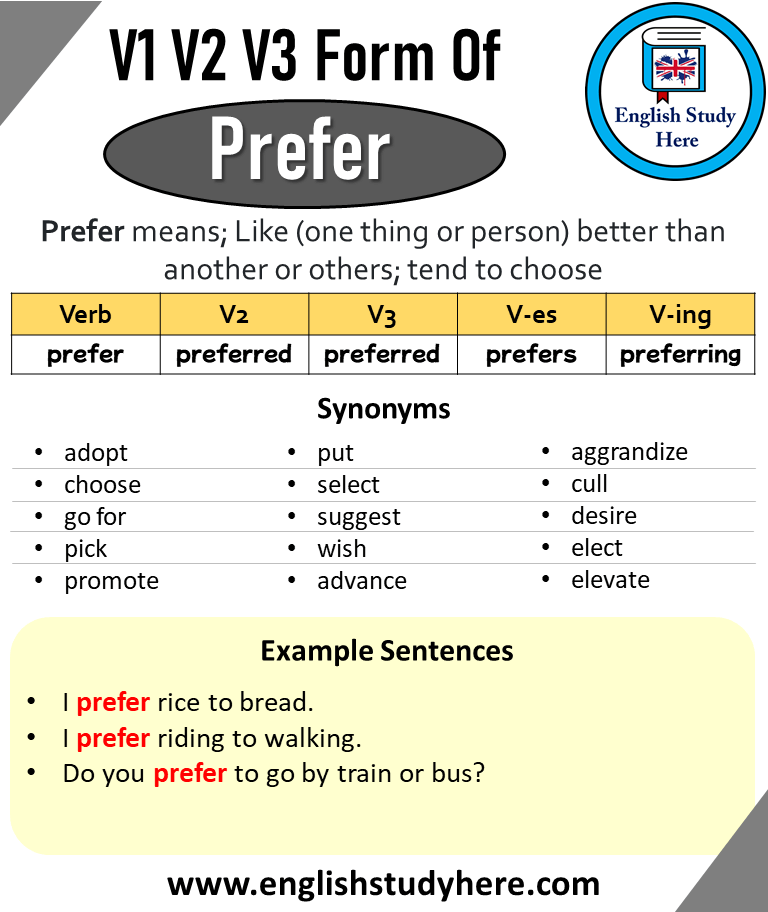Desire Past And Past Participle Form V1 V2 V3 V4 V5 Form of Desire
Ever found yourself puzzled over the different forms of the verb “desire”? You’re not alone.
Understanding verbs and their variations can be tricky, but mastering them can significantly improve your communication skills. Imagine expressing your thoughts more clearly and confidently, whether in writing or speaking. When you grasp the past, past participle, and other forms of “desire,” you empower yourself with a crucial tool for effective language use.
This isn’t just about grammar; it’s about enhancing your ability to connect with others. Dive into this article to discover the V1, V2, V3, V4, and V5 forms of “desire,” and watch as your language skills transform. Ready to unlock the full potential of your vocabulary? Let’s get started!

Credit: englishstudyhere.com
Desire In Simple Form
Desireis a common verb. It shows wanting or longing. The word has different forms. Each form is used in sentences. The basic form is V1. It is simply “desire”.
Past tense is V2. It becomes “desired”. This form is used for actions in the past. The past participle form, V3, is also “desired”. It often appears with helping verbs. V4 is the present participle. This is “desiring”. It shows an ongoing action. The fifth form, V5, is “desires”. This is used with third-person singular subjects.
Learning these forms helps in writing correctly. It makes sentences clear. Using the right form is important. It improves understanding. Always remember these forms. Practice them often. They are useful in daily writing.
Past Tense Variations
The word “desire” changes in different tenses. This helps to show time. The base form is V1: desire. For the past, we use V2: desired. The past participle is also V3: desired. In present participle or continuous tense, it is V4: desiring. Lastly, for the third person singular present tense, it becomes V5: desires. Knowing these forms helps in writing and speaking. It makes sentences clear and correct. Each form has a special use. Using them well shows good English skills.
Participle And Progressive Forms
Desirechanges in form. In the past, it becomes desired. The past participle is also desired. The present participle form is desiring. These forms help in making sentences. They show different times of action.
Example: “I desirea book.” Simple present. “I desireda book yesterday.” Past tense. “I have desiredthis book for years.” Present perfect.
Using these forms correctly is important. It helps others understand the time of action. Always choose the right form. It makes your sentences clear.

Credit: m.youtube.com

Credit: englishstudyhere.com
Conclusion
Understanding the forms of “desire” is crucial for clear communication. These forms help in expressing thoughts accurately. By using V1, V2, V3, V4, and V5, you enhance your English skills. This knowledge aids in writing and speaking effectively. Practice regularly to build confidence.
Remember, language learning is a step-by-step journey. Keep exploring new words and their forms. This will expand your vocabulary and improve fluency. So, continue learning and practicing. It will make you a better communicator. And enrich your understanding of English.






